President Trump suffered a setback in court Thursday evening, when a panel of three judges decided not to reinstate his travel ban, after a lower court temporarily blocked it. In the 3-0 order, the 9th U.S. Circuit Court of Appeals said that the states challenging the executive order, Washington and Minnesota, had the standing to sue Trump’s administration and that the administration hadn’t proved it was likely to succeed when the full case was litigated. The panel also said that the immigration order should continue being blocked nationwide, citing a 2015 court decision that halted an immigration order issued by the Obama administration.
Here are five points on Thursday’s order:
The court was skeptical that the ban didn’t violate due process rights.
“The Government has not shown that it is likely to succeed on appeal on its arguments about, at least, the States’ Due Process Clause claim,” the panel of judges said in the ruling, referring to the constitutional guarantee of fair notice and procedures under law.
The judges took issue with the fact that the rollout of the executive order did not give the affected individuals any notice that their ability to travel was about to be limited. The Trump administration did not deny this fact, the court said, but rather argued that those individuals didn’t have any due process rights to begin with. The court countered by pointing to a 2001 Supreme Court case that highlighted due process rights for aliens whose presence in the U.S. is “lawful, unlawful, temporary, or permanent.”
The Trump administration had argued that the ban had been adjusted to no longer apply to legal permanent residents (more on that later). But the judges said, still, “the States would continue to have potential claims regarding possible due process rights of other persons who are in the United States, even if unlawfully.”
The judges gave Trump’s legal team a lot of grief.
The judges were extremely skeptical of the attempts by the Trump administration to retool the executive order after it was signed and scoffed at its claims that the travel ban was exempt from legal review.
The Trump administration had argued that the due process claims regarding green card holders need not be considered because in the days after the executive order was signed, White House counsel Donald McGahn said it should no longer be interpreted to apply to legal permanent residents.
“The Government has offered no authority establishing that the White House counsel is empowered to issue an amended order superseding the Executive Order,” the court said, later adding, “Nor has the Government established that the White House counsel’s interpretation of the Executive Order is binding on all executive branch officials responsible for enforcing the Executive Order.”
The judges also said the Justice Department’s claim that courts couldn’t review the travel ban had “ no precedent” and ran “contrary to the fundamental structure of our constitutional democracy.”
“Although our jurisprudence has long counseled deference to the political branches on matters of immigration and national security, neither the Supreme Court nor our court has ever held that courts lack the authority to review executive action in those arenas for compliance with the Constitution,” the court said, pointing to numerous cases where immigration and national security related measures were in fact reviewed by the courts.
The court also knocked the Trump administration for failing to explain the security concerns stemming from the seven countries singled out in the ban that justified “an urgent need” for the ban “to be immediately reinstated.”
The court didn’t say whether the ban was also a form of religious discrimination.
The court stopped short of saying whether the ban discriminated based on religion, but said that the states “raise serious allegations” and that the court reserves “consideration of these claims until the merits of this appeal have been fully briefed.”
Thursday’s order nodded to the evidence put forward by the states that Trump himself had numerous times proposed a Muslim ban. The judges said that it “is well established that evidence of purpose beyond the face of the challenged law may be considered in evaluating Establishment and Equal Protection Clause claims.”

Washington Attorney General Bob Ferguson, who is leading the legal challenge against the order
The ruling isn’t final, but suggests that Trump faces an uphill climb.
The ruling was a preliminary step that comes before full proceedings on the merits of the executive order, but the court at least began to engage with substantive issues surrounding the ban.
The court could have cited a technicality to decide to keep block on the ban in the place: the Trump administration was appealing a lower court’s temporary restraining order, which are usually not appealable. Instead, the appellate court said it would consider the issue as if it was a preliminary injunction — a broader order that is appealable — because “of the unusual circumstances of this case.”
The case will now go back to the lower court for further proceedings, and additional appeals may arise from the lower court. At this current step, however, the appellate court said that the Trump administration had not proved it was likely to succeed in defending the ban, nor had it shown that a temporary halt on the ban while the case proceeds would cause irreparable injury.
Trump’s tweet aside, the administration is staying mum on its next steps.
Trump responded to the court’s decision with an all caps tweet, reportedly sent before he had a chance to confer with his newly sworn in Attorney General Jeff Sessions.
SEE YOU IN COURT, THE SECURITY OF OUR NATION IS AT STAKE!
— Donald J. Trump (@realDonaldTrump) February 9, 2017
The tweet was widely mocked because the Trump administration had, in fact, just been seen in court, and it didn’t go well. But there are some options for the administration to appeal the order. The Justice Department could appeal it to the full 9th Circuit, a fairly liberal set of judges. Or it could go directly to the Supreme Court, where a four-four split would defer back the to 9th Circuit ruling.
It could also wait for the case to being fully litigated on the merits. Ironically, that may take longer than the 90 days the travel ban was supposedly going to stay in place. In a statement, the Justice Department said it was “reviewing the decision and considering its options.”
Senate Minority Leader Chuck Schumer (D-NY) had his own suggestion:
Pres Trump ought to see the writing on the wall, abandon proposal, roll up his sleeves & come up w/ a real, bipartisan plan to keep us safe.
— Chuck Schumer (@SenSchumer) February 9, 2017





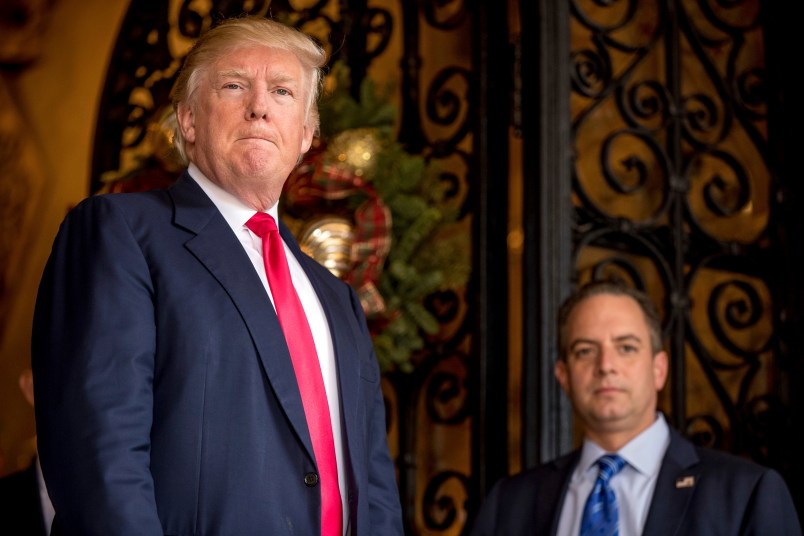

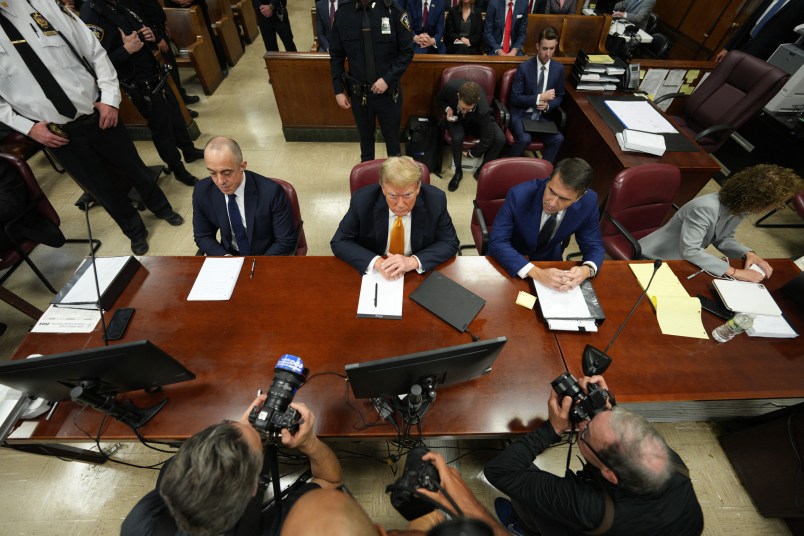
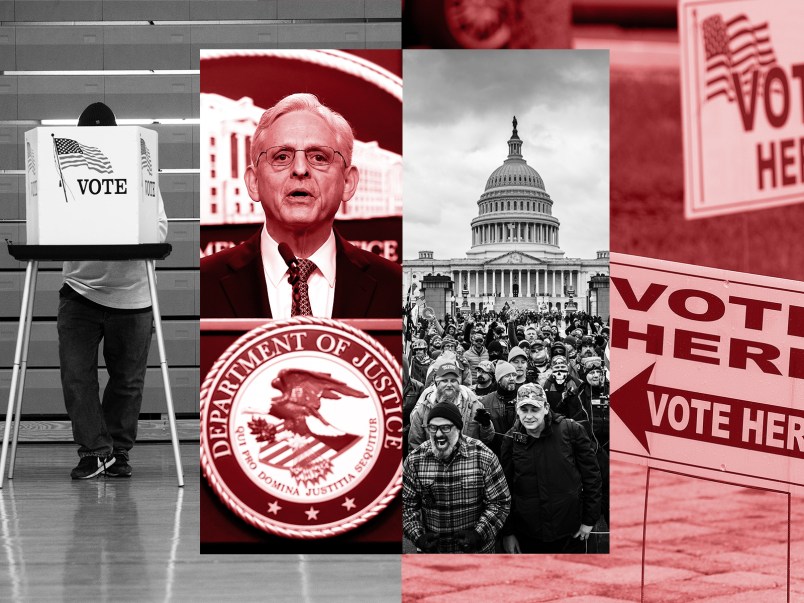
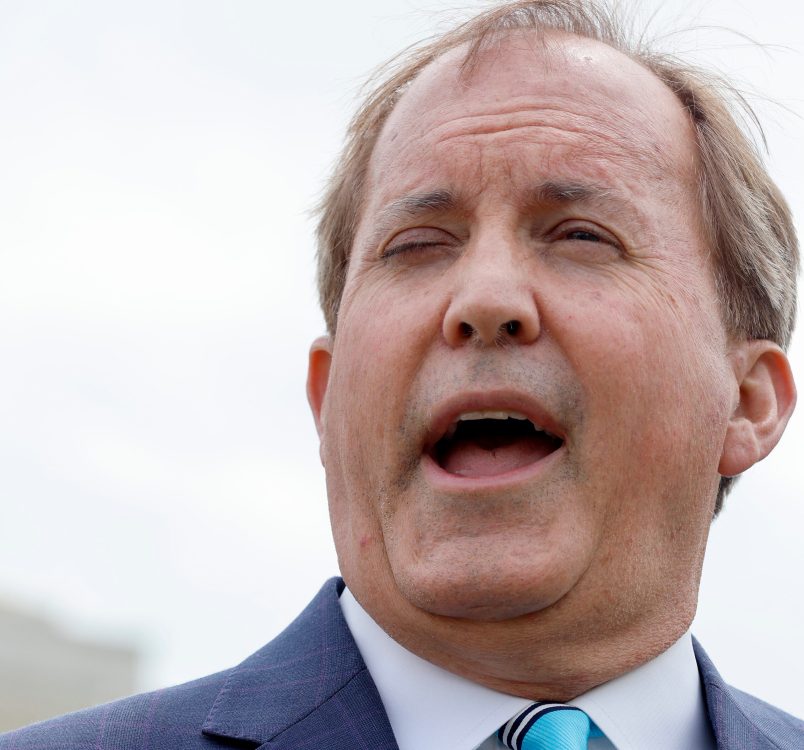
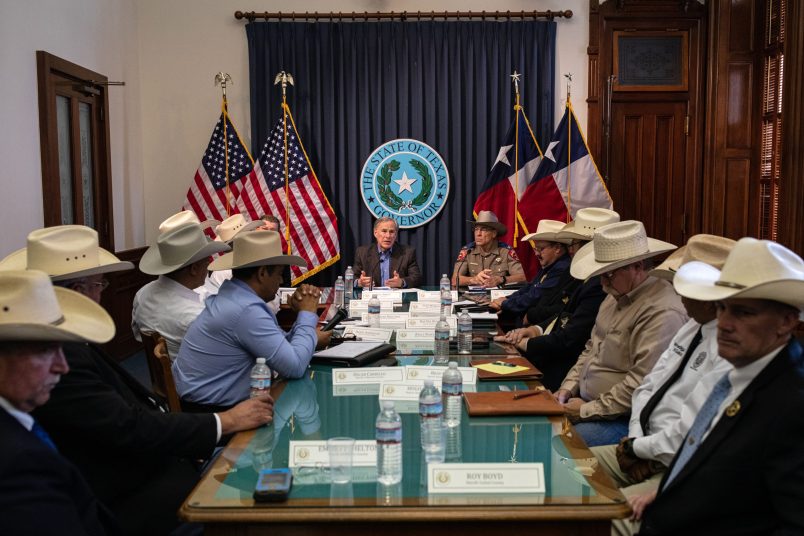
Watch the Ninth Circuit. I can tell you that the West Coast will be a constant source of defiance against Trump and the Republicans trying to dismantle our democracy. There will be other cases filed in Washington, Oregon, and California that will be the source of much grief for the Trump/Sessions power grabs.
Apparently, Trump and his lackeys are unfamiliar with the provisions of the 14th Amendment. I hope they get a real good lesson in it soon. I quote partially below:
See, right there, it says “person.” Are non-citizens not “persons” in their eyes? Please, I think we all know the answer to that one. I am pretty sure the courts will have a different view.
The Administration is likely to lose on the merits at SCOTUS, even if Gorusch is seated by then. I suspect Trump is being advised to let this die quietly in the lower courts and allow the order to expire, rather than face a negative SCOTUS precedent.
I’m not sure he has the political instinct to let this go, especially so long as it’s such a public story. If it were a minor thing no one cared about, his attention span would wander to something else… But as long as this is all over the news and Twitter, he can’t let it go. His ego won’t allow it.
First, someone needs to explain to him the court system works in America.